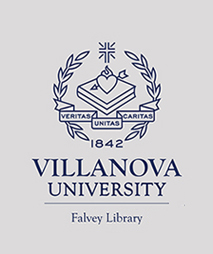Toward a Big History 2.0 A brief position paper
##plugins.themes.bihistory.article.main##
Abstract
We propose a “Big History 2.0” framework based on a time-by-complexity relationship that the two authors converge on, a synthesis from their prior independent work. In particular, the framework distinguishes a line of levels of combogenesis from quarks to culture, in contrast to patterns of emergence involving larger aggregates or groups. The framework identifies major transitions to novelty marked by innovations in general evolutionary dynamics (PVSR; propagation, variation, and selective retention), which have occurred multiple times following the Big Bang. As in Henriques’ Tree of Knowledge System, we take the Mind-Animal plane of dynamics as one of these major transitions because of the innovative PVSR-dynamics in the mindedness of animals. We note the need to simultaneously attend to patterns and processes of formation, and we describe avenues of further consideration that follow from this framework. This position paper has been improved and slightly expanded from the version originally presented to the Big History Research Group for general discussion on November 20, 2022.
##plugins.themes.bighistory.article.details##

This work is licensed under a Creative Commons Attribution 4.0 International License.
Authors who publish with this journal agree to the following terms:- Authors retain copyright and grant the journal right of first publication with the work simultaneously licensed under a Creative Commons Attribution License that allows others to share the work with an acknowledgement of the work's authorship and initial publication in this journal.
- Authors are able to enter into separate, additional contractual arrangements for the non-exclusive distribution of the journal's published version of the work (e.g., post it to an institutional repository or publish it in a book), with an acknowledgement of its initial publication in this journal.
- Authors are permitted and encouraged to post their work online (e.g., in institutional repositories or on their website) prior to and during the submission process, as it can lead to productive exchanges, as well as earlier and greater citation of published work (See The Effect of Open Access).



